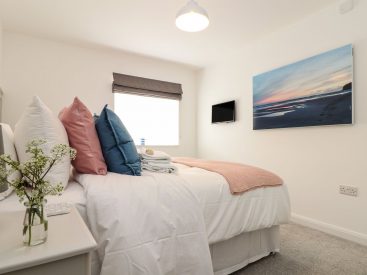How do you heat a property that does not have gas?

It is estimated that around 15 percent of all homes in the UK do not have mains gas connected. This could be for a variety of reasons; perhaps the property is in an isolated area where gas is not available. Or it could be an older property that does not have a gas central heating system in place.
In these situations, when gas is not available for heating, what are the options available?
Wood burners
A relatively cost effective way to heat your property, or portions of it, would be via a coal or wood burner. Or an existing fireplace.
Fuel tends to be relatively cheap to buy, however there are some drawbacks. Heating throughout the property will not be even and it is likely you will need to supplement with electrical heating.
Wood burners and fireplaces can be messy so you need to be prepared to clean them out regularly and keep a stockpile of fuel ready.
Most wood burners will not heat your hot water so a separate system would need to be installed.
LPG or heating oil boilers
Installing a new condensing LPG or oil boiler can offer an all round heating solution. However, drawbacks will include a high installation cost and the fuel will be more expensive than on-grid gas.
Electric Heaters
Electric space heaters are one of the easiest and most common forms of heating. Providing instant heat, and often easy to move about, they remain a popular choice.
It is very important to choose the most efficient form of electric heating because electricity does cost more than gas.
Storage and fan heaters can run up big electricity bills in short amounts of time yet still only heat the immediate area that they are in.
Infrared heating should be the first choice for any homeowner when it comes to deciding to go for electric heating. As well as being discrete and easy to install, each heater is low wattage meaning running costs will be significantly lower.
Depending on the property you are located in, chances are you will need less far infrared heating (approximately half the wattage) when compared to standard electric heating.
How many infrared panel heaters you need in a room will depend on the size (height, width and length) as well as insulation levels of a room.
Placement of the infrared heaters (on wall or ceiling) is very important; essentially it is most ideal to have the heaters directed over the areas of the room used most. In the case of a bedroom it would be the bed, in the living room the sofa and so on.
If you are unsure or need any advice, call one of our friendly advisors on 0300 303 9625 for more details.
Always ensure that you get a well-made heater that is genuinely far infrared. Cheaper versions may only have hot wires running through them that make them less effective and will breakdown quicker than carbon crystal versions.


